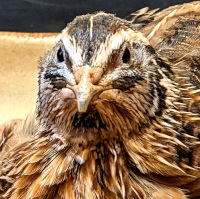Quail egg quality and how to assess it.
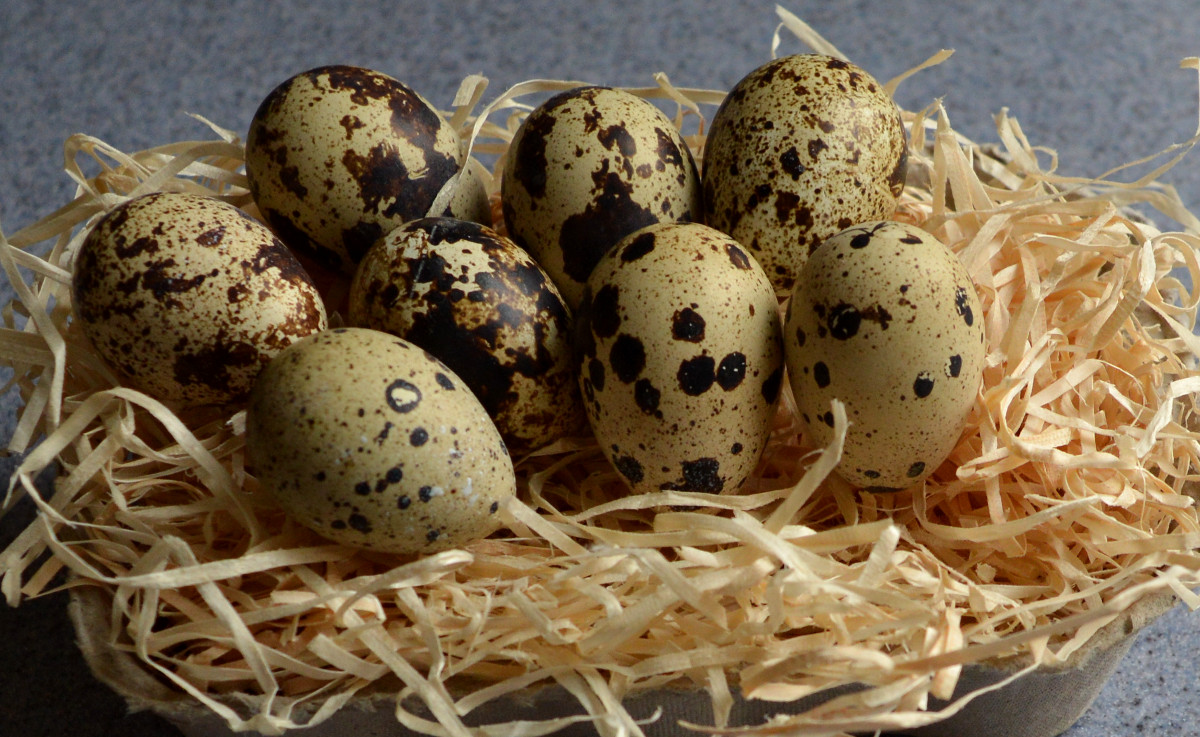
Quail eggs are a popular food item in many parts of the world. They are small, delicious, and packed with nutrients.
Below: Yolk size and colour is an important part of quality testing.
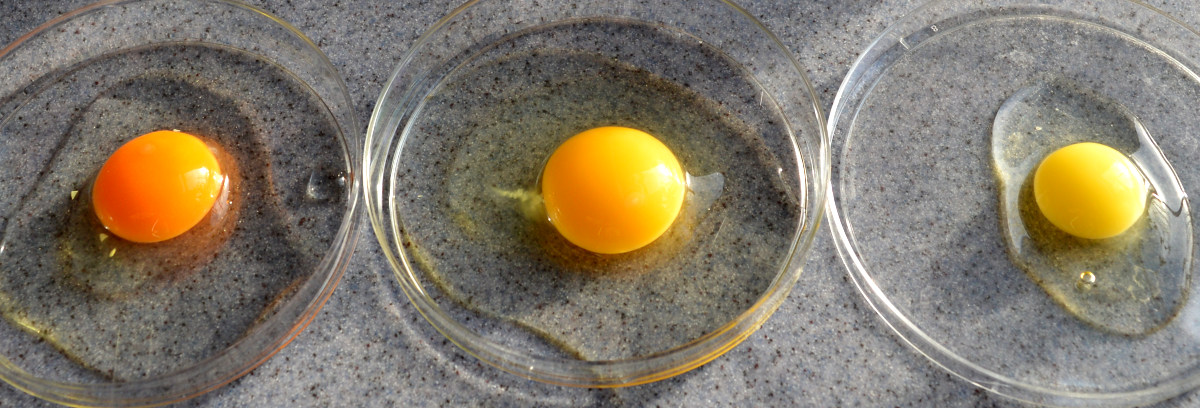
How do you know if the quail eggs you're producing or buying are of good quality? In this guide, we'll take you through the steps to assess the quality of quail eggs so that you can enjoy the best eggs possible.
Why is quail egg quality important?
Assessing quail egg quality is important for several reasons.
Firstly, it ensures that you are buying fresh and healthy eggs that are safe to eat.
Below: Measuring the shell thickness of a quails egg. Measurements of much less than 0.2 mm thick is likely to indicate a problem.
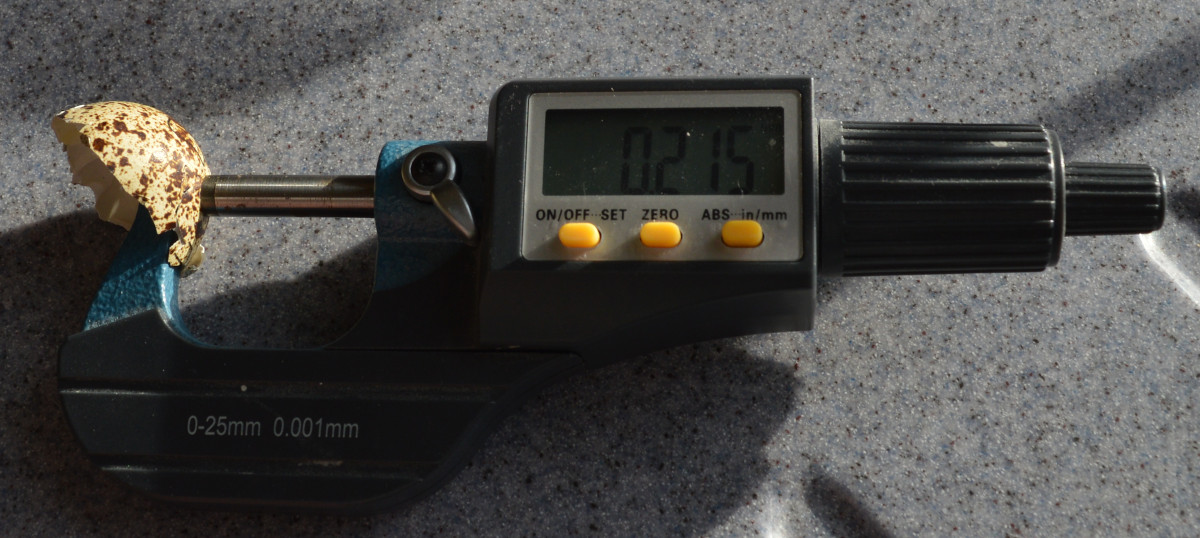
Secondly, it helps you to identify eggs that may have been laid by sick or stressed birds, which can affect the taste and nutritional value of the egg.
When assessing quail egg quality, there are several things to look for:
- Shell appearance and strength: The shell should be clean and free from cracks or blemishes. It should also have a smooth, glossy surface and visible bloom.
- Yolk Colour and shape: The yolk should be a bright orange-yellow colour and hold its shape well with a good dome. This indicates that the egg is fresh and contains a high level of nutrients.
- Albumen Consistency: The albumen, or egg white, should be clear and have a firm, but not rubbery, texture. This indicates that the egg is fresh and of good quality.
- Odour: The egg should not have a strong or unpleasant odour. If it does, this may indicate that the egg is not fresh or has been contaminated in some way.
- Egg Size: Quail eggs vary in size, but a good quality egg should be consistent in size and shape.
- Clean: The egg should be clean and not have mud or faecal streaks on the shell.
How to asses quail egg quality:
While some factors of egg quality are subjective there are standards.
Below: Here is a video of me showing how I asses a quails egg for quality.
Step 1 - Examine the Shell: Hold the egg up to the light and examine the shell for cracks, blemishes or other imperfections. The shell should be clean and free from any defects.
Step 2 - Check the Yolk Colour: Crack the egg open and examine the yolk. A good quality quail egg should have a bright orange-yellow yolk that is slightly translucent.
Step 3 - Evaluate Albumen Consistency: Carefully pour the egg into a bowl and examine the albumen (egg white). It should be clear and have a firm, but not a rubbery texture.
Below: What the white in a quail egg should look like. Firm and well domed with very little runny or thin white.
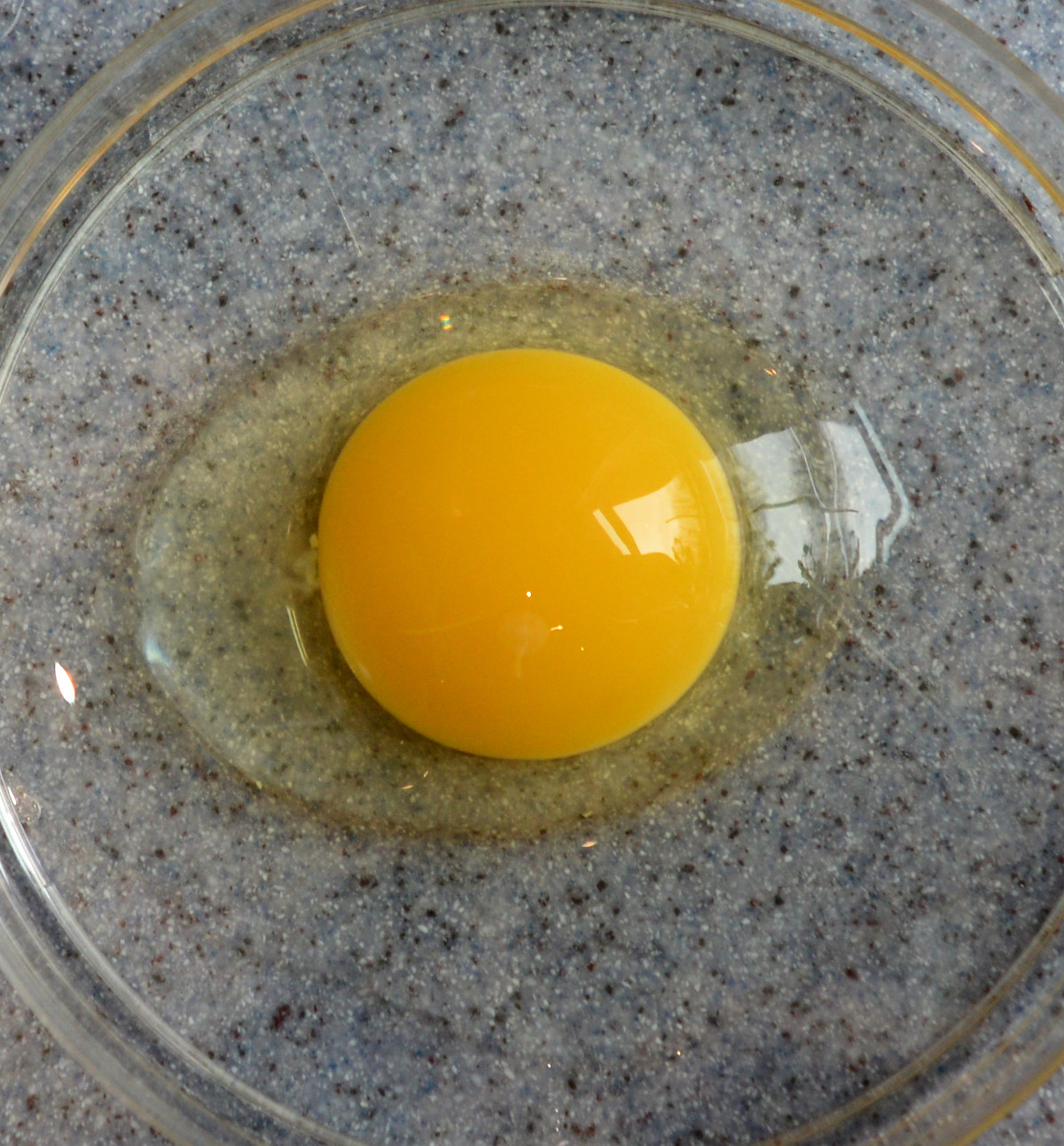
If the egg white is cloudy or has a runny consistency, the egg may not be fresh.
Step 4 - Smell the Egg: Give the egg a sniff to check for any unpleasant odours. A fresh quail egg should have little to no odour. If the egg has a strong or foul smell, it may not be fresh or may have been contaminated.
Step 5 - Measure the Egg Size: Measure the egg using a kitchen scale or egg measuring tool. The weight should be consistent with the size of the egg, and the size should be relatively uniform.
Below: A detailed look at shell quality in quails eggs and how to measure it.
By checking the shell appearance, yolk colour, albumen consistency, odour, and egg size, you can determine whether a quail egg is fresh and of good quality. Use this guide to assess the quality of your quail eggs and enjoy their delicious taste and nutritional benefits.
